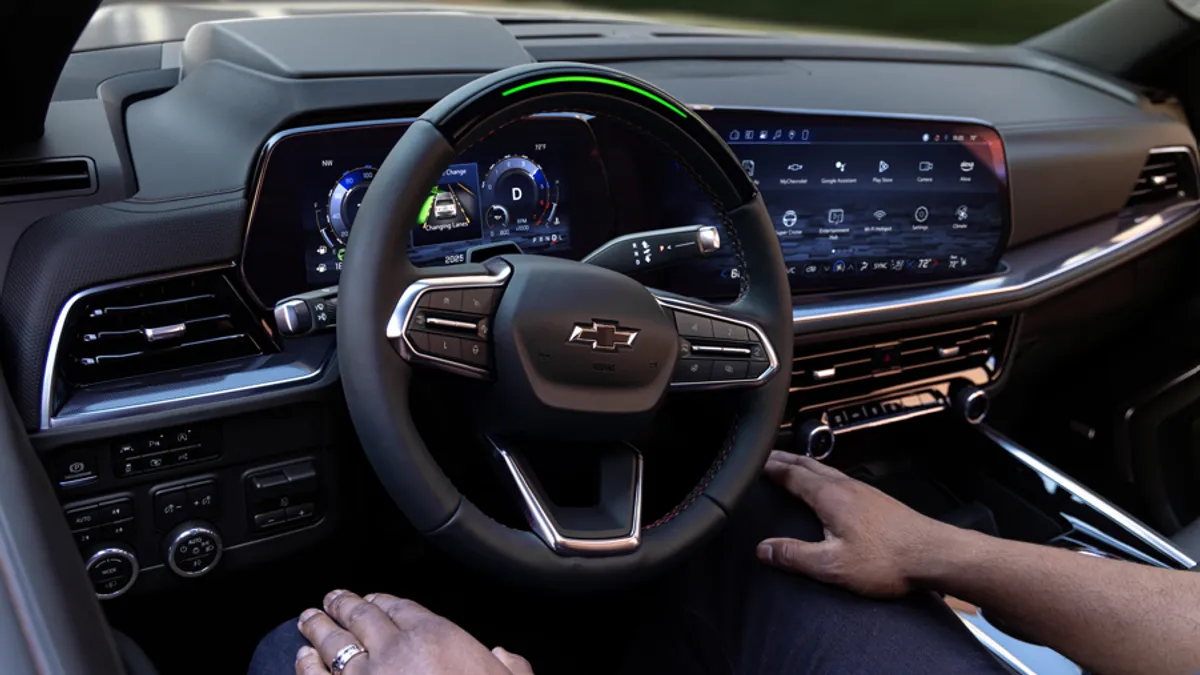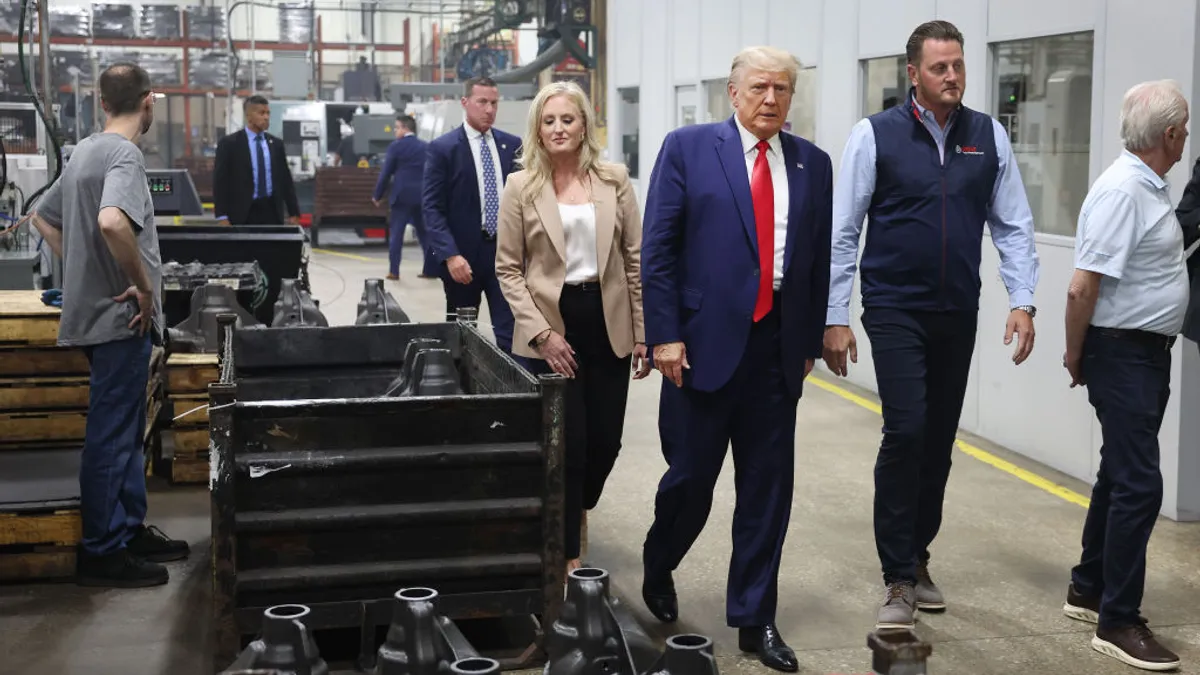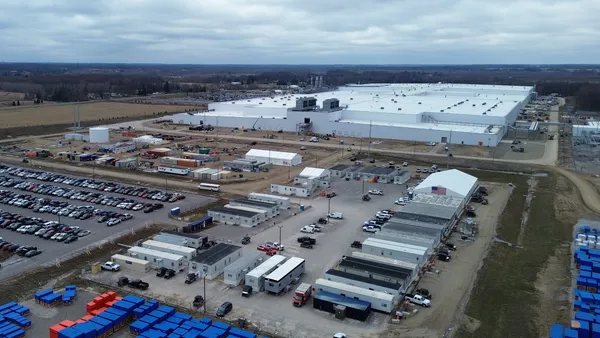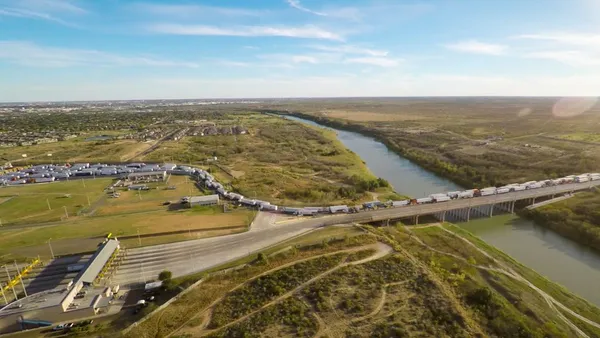Dive Brief:
- From Jan. 1 to Feb. 6, the U.S. Treasury Department reimbursed car dealers roughly $135 million in advanced payments for clean vehicle tax credits claimed at the point of sale, a Treasury Department spokesperson confirmed in an email Wednesday.
- Car dealers have submitted more than 25,000 time-of-sale reports since the beginning of the year, and 78% of them included an advanced payment request.
- More than 8,000 of the 11,000 dealers registered for the program have received advance payments.
Dive Insight:
In an attempt to boost EV sales, the Treasury Department and IRS announced in October that, starting Jan. 1, 2024, car shoppers would be able to transfer their clean vehicle tax credits — established under the Inflation Reduction Act — to dealers at the point of sale.
Allowing consumers to use their tax credits at the point of sale could spur greater EV adoption by lowering vehicle prices upfront, according to the Treasury Department and Internal Revenue Service.
Before Jan. 1, car buyers meeting certain criteria, such as income limit requirements, could receive a tax credit of — up to $7,500 for a new vehicle or $4,000 for a used one — if they bought an electric, hybrid or fuel-cell vehicle. But they needed to wait until they filed their federal taxes to claim it.
Under the new rules, consumers can claim a nonrefundable credit on their annual tax returns or transfer the credit to a dealership, regardless of their individual tax liability.
Car buyers “overwhelmingly prefer” a rebate that’s applied at the point of sale over a tax credit, according to an October press release from the Treasury Department and IRS.
“For the first time, President Biden’s Inflation Reduction Act allows consumers to reduce the up-front cost of a clean vehicle, expanding their choices and helping car dealers grow their businesses by attracting new customers,” Deputy Secretary Wally Adeyemo said in a statement. “One month into implementation of this provision, there is strong demand for this new upfront discount, which will continue momentum in growing this industry in the United States.”
Dealers must register to submit time-of-sale reports for reimbursement, according to the IRS. Licensed dealers can also register to receive upfront payments to offset the amount of a tax credit that was applied toward the selling price.
In order for a vehicle to qualify for a clean vehicle tax credit, the manufacturer’s suggested retail price may not exceed $80,000 for vans, SUVs and pickups, and $55,000 for other models. Qualifying vehicles must undergo final assembly in North America and meet sourcing requirements for critical minerals and battery components.
The number of model year 2024 EVs that qualify for the credits dropped from 35 to 14 at the beginning of the year, with many popular models, including the Nissan Leaf and some versions of the Tesla Model 3, losing eligibility.
However, 20 MY 2024 EVs are currently eligible for the credits, according to the Energy Department’s website, after most Volkswagen ID.4 models regained eligibility last month.
General Motors announced in early January it would provide up to $7,500 in additional financial incentives for those EVs that became ineligible for federal clean energy vehicle tax credits. But the automaker expects that the Cadillac Lyriq and Chevrolet Blazer EV will regain eligibility in early 2024 after it implements changes to its supply chain.
To further support the tax credit program, the IRS launched educational initiatives reaching over 5,000 dealers through webinars, conferences, and other speaking engagements to increase awareness of the tax credits and boost registrations for the program, the bureau said in an email.












